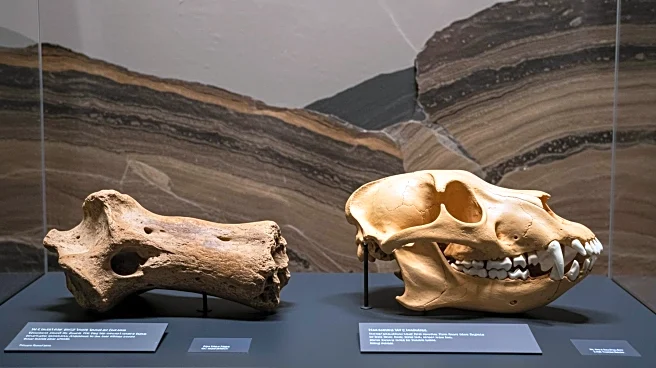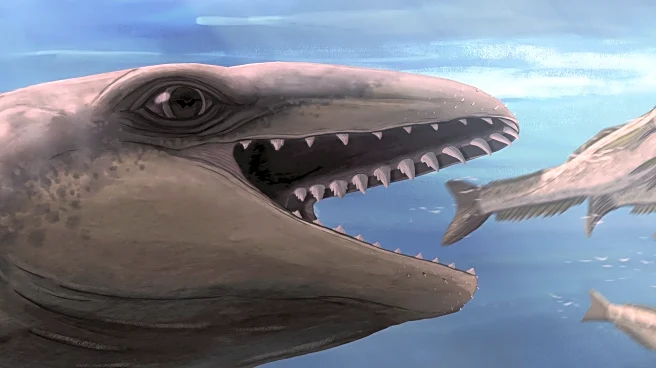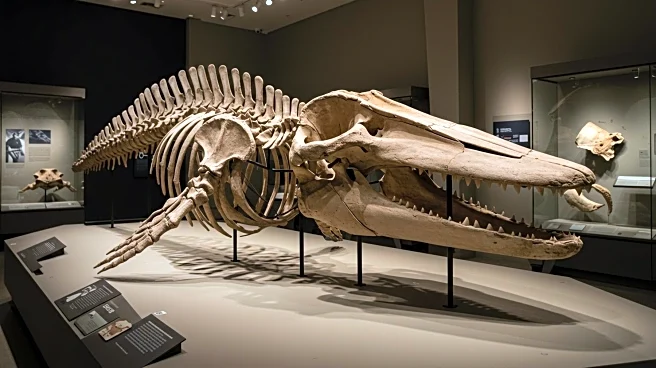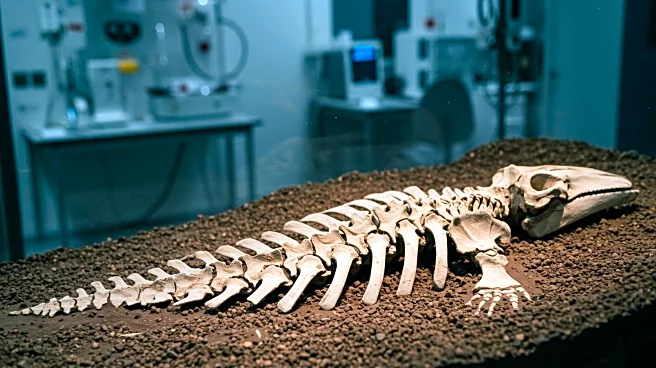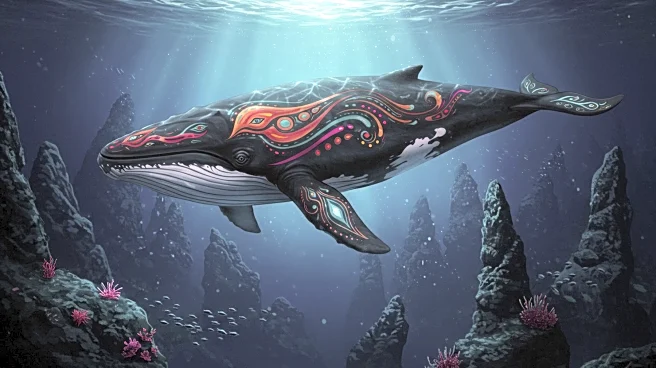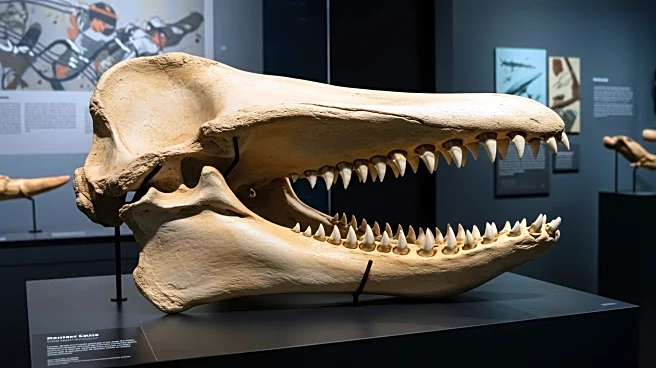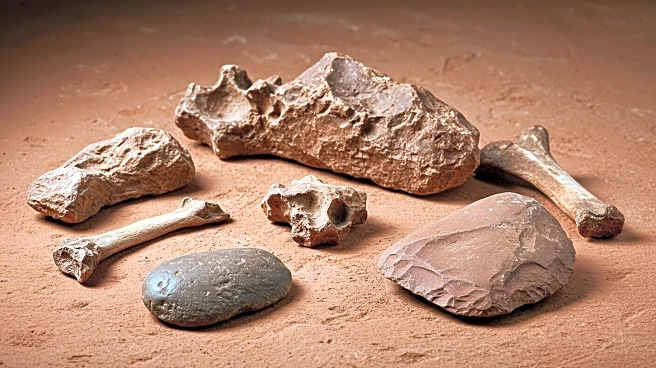What is the story about?
What's Happening?
A study published in the Proceedings of the National Academy of Sciences has redefined the evolutionary timeline of mammals and possibly early human ancestors. Led by Ferhat Kaya from the University of Oulu, the research team used argon-argon dating to precisely date fossil-rich volcanic sediments in central Turkey, revealing ages between 7 and 10 million years old. This discovery suggests that Anatolia may have played a more central role in mammalian and primate evolution than previously thought. The advanced dating method involved analyzing volcanic glass, which provided high-resolution time capsules, reducing error margins significantly compared to older methods. The study has anchored over 2,600 fossil specimens to a reliable geochronological framework, offering new insights into the region's role as a corridor for animal migrations during Miocene climatic shifts.
Why It's Important?
The findings have significant implications for understanding the evolutionary history of mammals and primates, challenging the long-held narrative that hominines exclusively evolved in sub-Saharan Africa. The revised dates suggest that eastern Mediterranean apes like Ouranopithecus and Anadoluvius could have coexisted with or even preceded early African hominines. This could lead to a reevaluation of assumptions about where and when hominines first emerged. Additionally, the study provides a vivid picture of ecological changes in the region, reflecting global climate dynamics and how mammalian species adapted, migrated, or disappeared. The methodology used in this study could be replicated in other volcanic regions, potentially rewriting evolutionary history worldwide.
What's Next?
The research team plans to expand their efforts, using remote sensing tools to locate more buried ash layers and fossiliferous strata across the Central Anatolian Volcanic Province. This could further refine the understanding of species migration, adaptation, and extinction with unprecedented precision. The study's methodology could be applied to other volcanic regions, such as the Andes, Java, or East African Rift, where volcanic activity coincided with faunal evolution. These efforts may lead to new discoveries that challenge existing theories about mammal and primate evolution.
Beyond the Headlines
The recalibrated ages for Ouranopithecus and Anadoluvius invite renewed debate over the geographic origins of the hominine clade, which includes modern humans, chimpanzees, and their extinct ancestors. If these apes evolved outside of Africa, it could suggest a southward migration of early hominines, reversing the traditionally accepted northward narrative. The updated dates provide the temporal resolution necessary to evaluate such claims rigorously, potentially positioning the Anatolian fossil corridor as the epicenter of an alternative model for human origins.
AI Generated Content
Do you find this article useful?
